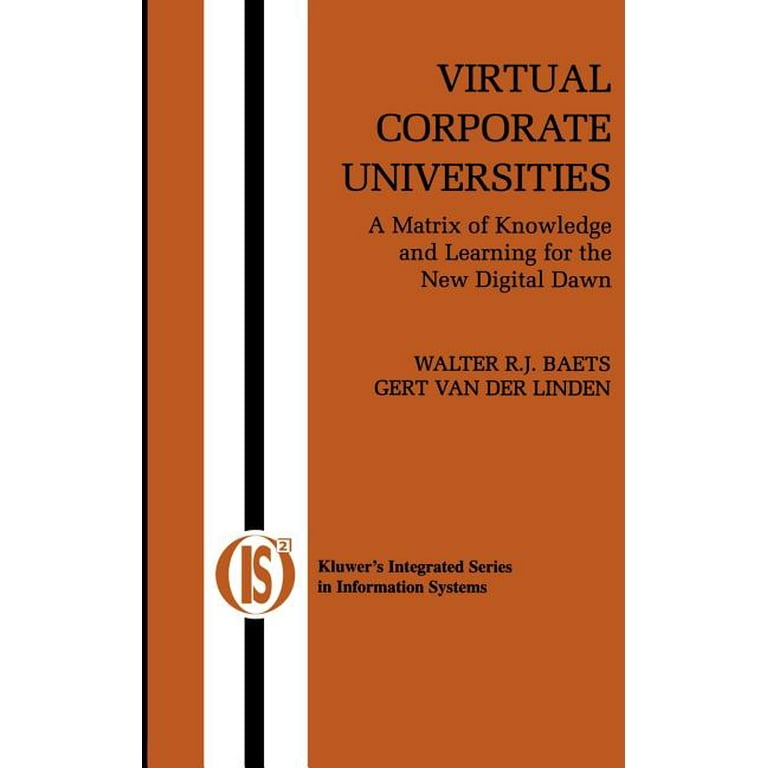Online education began in the 1960s with the University of Illinois. It introduced a computer-based education system called PLATO.
The rise of the internet in the 1990s gave online education a significant boost, expanding its reach globally. Early online courses took various forms, often supplementing traditional learning. With technological advancements and increased internet access, institutions started offering complete courses and degree programs online.
Today, online education encompasses a range of programs for K-12, higher education, and continuing professional development, catering to millions worldwide. It breaks barriers to education by offering flexibility and personalized learning experiences. As online platforms evolve, they continue to transform the educational landscape, making learning more accessible and convenient for diverse learners.
The Birth Of Online Education
The dawn of online education defines a great shift in how we learn. From chalkboards to screens, the teaching methods changed. Let’s dive into this transition.
The Pioneering Efforts
The seeds were sown during the 1960s with the PLATO system at the University of Illinois. This was a big deal:
- It marked the beginning of computer-based learning.
- The system delivered education to local classrooms.
Let’s move to the 1990s. The train of online education gained speed. Here’s why:
- Jones International University became the first online-based university in 1993.
- NNTP and mailing-list courses were available in the mid-1990s.
The Rise Of Digital Platforms
With the birth of the internet, the 2000s saw a boom in digital platforms. They made learning reachable for all. Look at this:
| Platform | Year |
|---|---|
| BlackBoard | 1997 |
| Khan Academy | 2006 |
| Coursera | 2012 |
These platforms changed the face of learning. They made education interactive, adaptable, and accessible.
Landmark Events In Online Education History
The journey of online education is dotted with remarkable milestones that transformed the way we learn. Let’s dive into some of the pivotal moments that shaped digital learning.
The Open University: A Trailblazer
Established in 1969, The Open University revolutionized access to higher education. It became the first institution to offer distance learning on a large scale. This UK-based initiative provided flexible, correspondence courses, making education accessible to a diverse student population. By the 1980s, it had introduced innovative multimedia teaching methods, laying the groundwork for modern online education.
- 1969: The Open University founded.
- 1980s: Multimedia teaching tools adopted.
Online Degree Programs: A Seismic Shift
Online degrees emerged in the 1990s, representing a seismic shift in academia. The creation of the first virtual classroom provided the foundation for universities to offer full degree programs online. A noticeable leap occurred with the launch of the University of Phoenix online program in 1989, allowing students to earn degrees entirely through the internet.
| Year | Event |
|---|---|
| 1989 | University of Phoenix online degree launch. |
Role Of Technology In Propelling Online Education
Technology has been the driving force behind the evolution of online education. From the early forms of correspondence courses to today’s interactive and multimedia-rich learning environments, the advancements in technology have not only made online education possible but have greatly enhanced its quality and accessibility. The core elements that have fueled this remarkable transformation include internet accessibility and the development of sophisticated learning management systems. Below, we delve into how these technologies continue to shape the future of learning.
Internet Accessibility
The widespread availability of the internet has been pivotal in spreading online education. High-speed connections allow learners from all over to access classes, resources, and community support at any time. Vital statistics about the internet’s influence on education include:
- Growth in internet usage: From urban areas to remote locations, the internet connects students to academic opportunities.
- 24/7 access to materials: Students review lectures and course materials at their convenience, breaking time barriers.
- Global classrooms: Geographic boundaries fade away, as learners from different continents share virtual classrooms.
As internet speeds increase and data plans become more affordable, online education becomes even more accommodating for learners worldwide, signaling endless growth possibilities.
Development Of Learning Management Systems
Learning Management Systems (LMS) serve as the backbone of online education. These digital platforms hold a complex role, acting as virtual classrooms, grading books, and forums. Key advancements in LMS technology include:
- Intuitive user interfaces that make navigation effortless for learners of all ages.
- Integrated assessment tools for tracking progress and providing immediate feedback.
- Customizable course content, enabling educators to tailor their teaching.
An LMS gives teachers power to engage students through videos, quizzes, and interactive content. Students enjoy tailored learning experiences. Schools benefit from streamlined management of course offerings.
Most Notable Online Learning Platforms
When we talk of web-enabled learning, several platforms stand out. Two most notable are Coursera and KAIST. They have brought tangible impact around the globe.
Coursera’s Global Impact
Coursera, a US-based platform, brought a shift in online learning. Launched in 2012, it offers wide-ranging subjects.
- More than 77 million learners from around the world.
- Courses from over 200 renowned universities and companies.
- Subjects ranging from arts to engineering.
It offers certified courses, specializations, and degrees at an affordable cost.
Kaist: A South Korean Marvel
KAIST, or Korea Advanced Institute of Science and Technology, is also making noise. Based in South Korea, it has been pivotal in the digital shift of Asian educational trends.
- Established in 1971, first research-oriented science, technology institute.
- Courses like electronic engineering, computer science and more.
- Its Massive Open Online Courses (MOOCs) are popular worldwide.
KAIST is playing a crucial role in expanding access to quality education.
Future Trends In Online Education
Future technologies shape the path of Online Education
Who can guess what the next big thing in education will be? Hints are already showing in tech, such as virtual reality and AI.
Advent Of Virtual Reality
Virtual reality is a newcomer in online education. It changes how we learn by accessing 3D worlds.
- This tech lets kids ‘visit’ The Great Wall of China from their homes.
- Medical students can ‘practice’ surgery without risk.
This new fun way to learn uses headsets and devices. It truly sparks imagination, making learning easier and engaging.
Artificial Intelligence In Education
AI is another key player in online learning. It helps pinpoint students’ weakness and offers custom solutions.
- It suggests lessons based on what you have trouble with.
- It paces learning so you don’t feel rushed or bored.
These technologies are the future of Online Education. They give personalized, fun and immersive experiences to learners all over the world.

Credit: www.walmart.com
Frequently Asked Questions For When Did Online Education Start
What Year Did Online Learning Start?
Online learning began in the 1980s with the emergence of internet-based educational platforms. The University of Phoenix launched its online program in 1989, marking a significant early milestone in the history of online education.
How Long Has Virtual School Been Around?
Virtual school, as a concept for K-12 education, emerged in the mid-1990s with internet-based learning platforms evolving rapidly since then.
Was Online School Effective?
Online schooling’s effectiveness varies. Factors like student discipline, tech access, and teacher skill play a role. For some, it proved very productive, others struggled. It’s subjective.
Is Online Schooling Still A Thing?
Yes, online schooling is very much a thing. It continues to thrive, providing flexible education solutions worldwide. Growth trends forecast a bright future for virtual learning.
Conclusion
Delving into the history of online education enlightens us of its humble beginnings in the late 20th century. With technological advancements, its growth rocketed, revolutionizing learning methods. From correspondences to live virtual classrooms, it’s a journey filled with remarkable milestones. Evidently, online education, an indispensable part of modern learning, sprouted well before the digital era’s peak.












































Leave a Reply